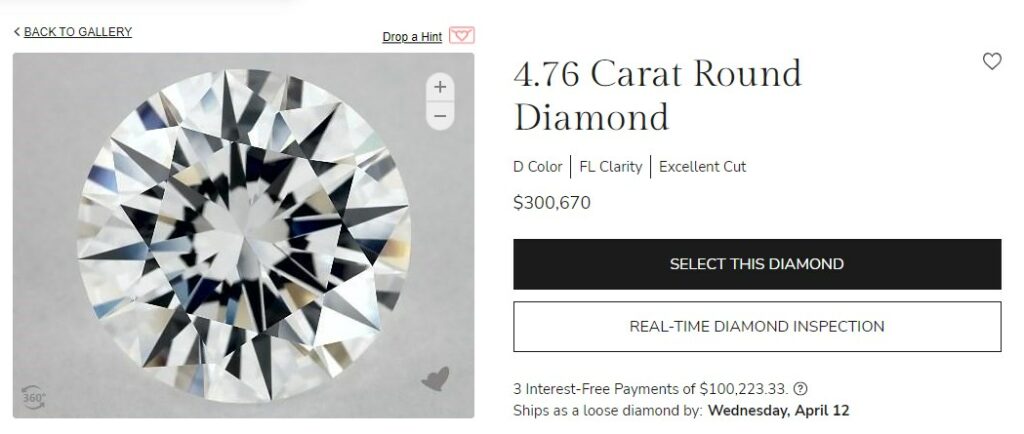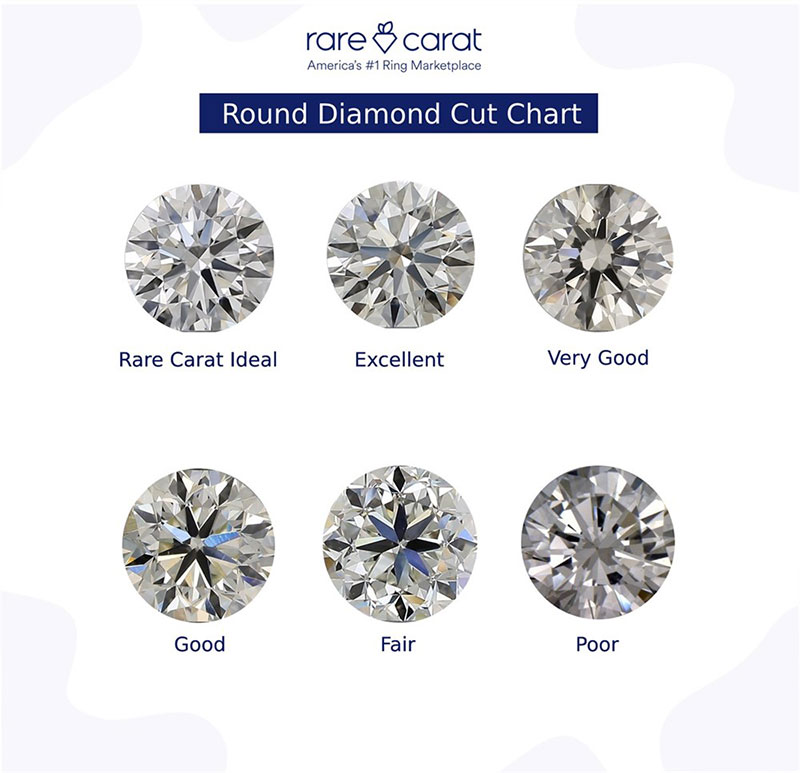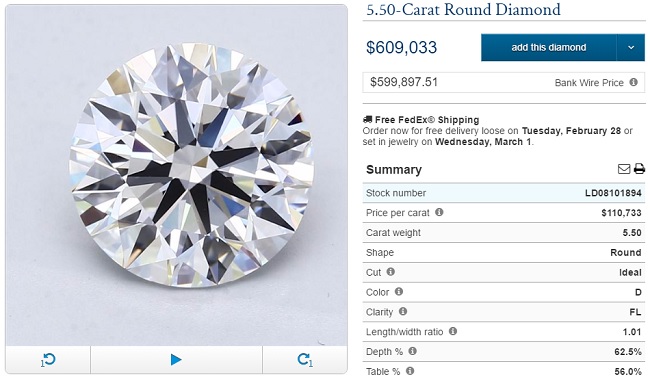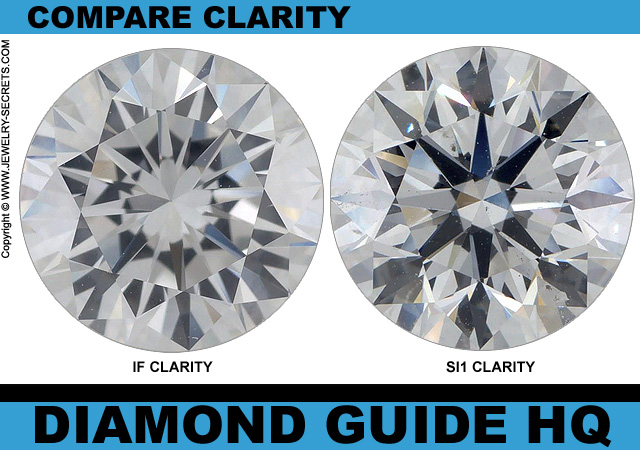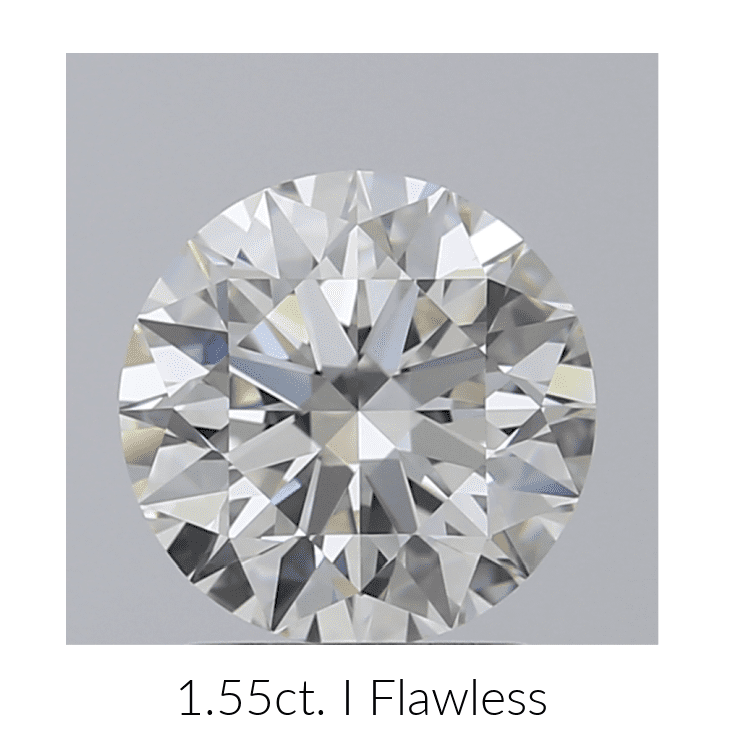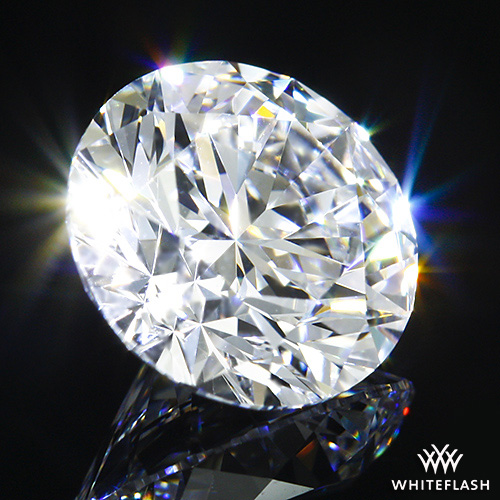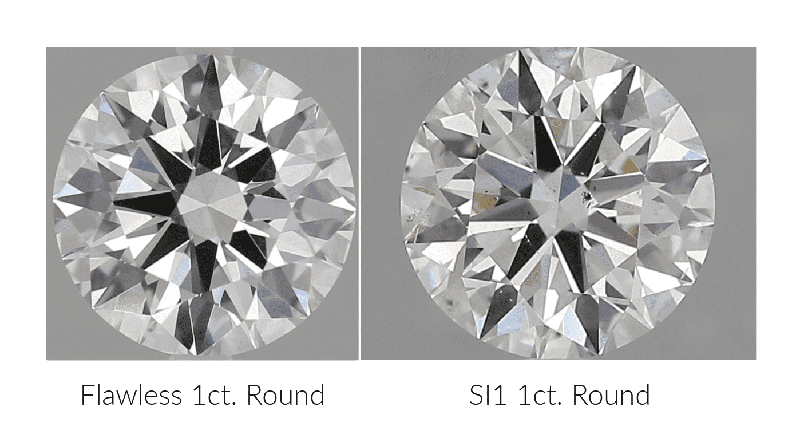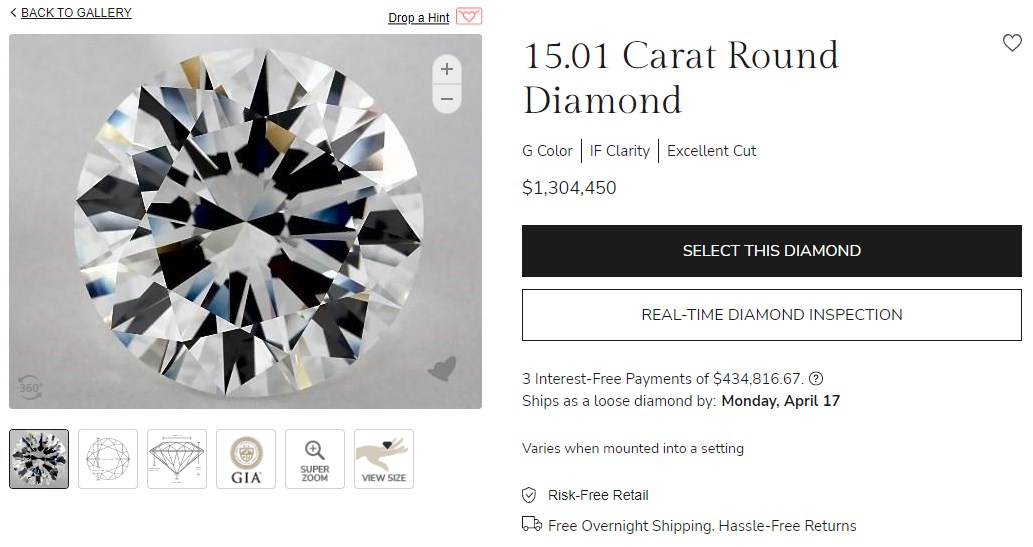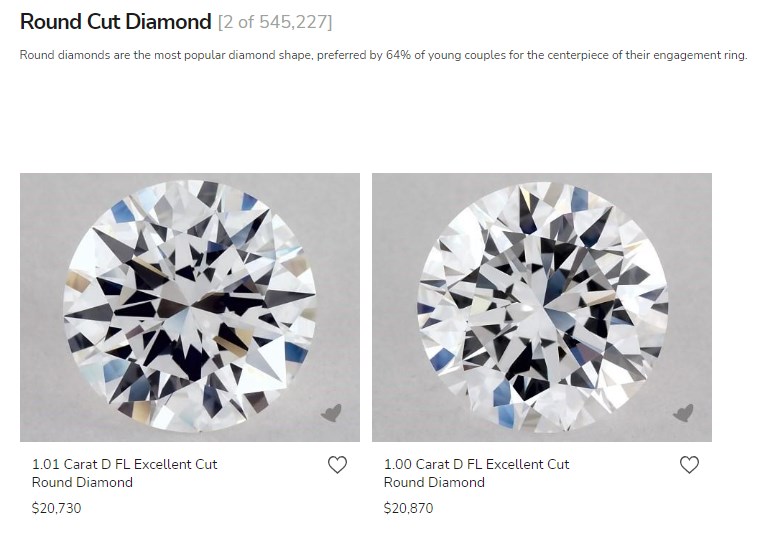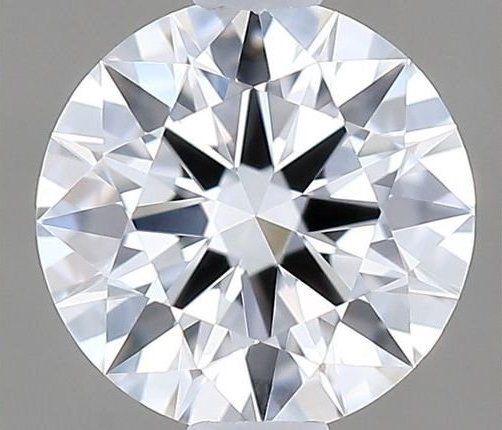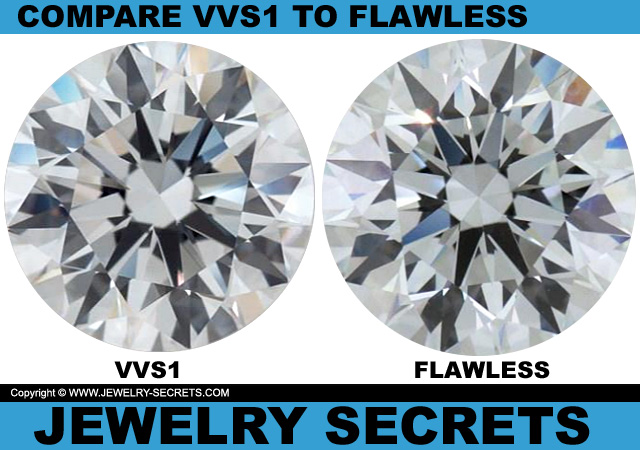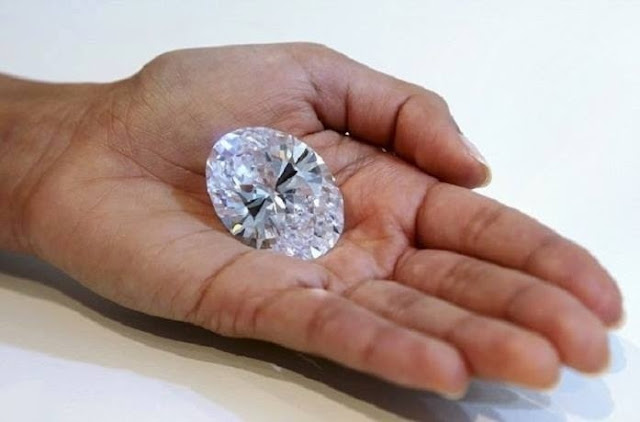How Much Is A Flawless Diamond
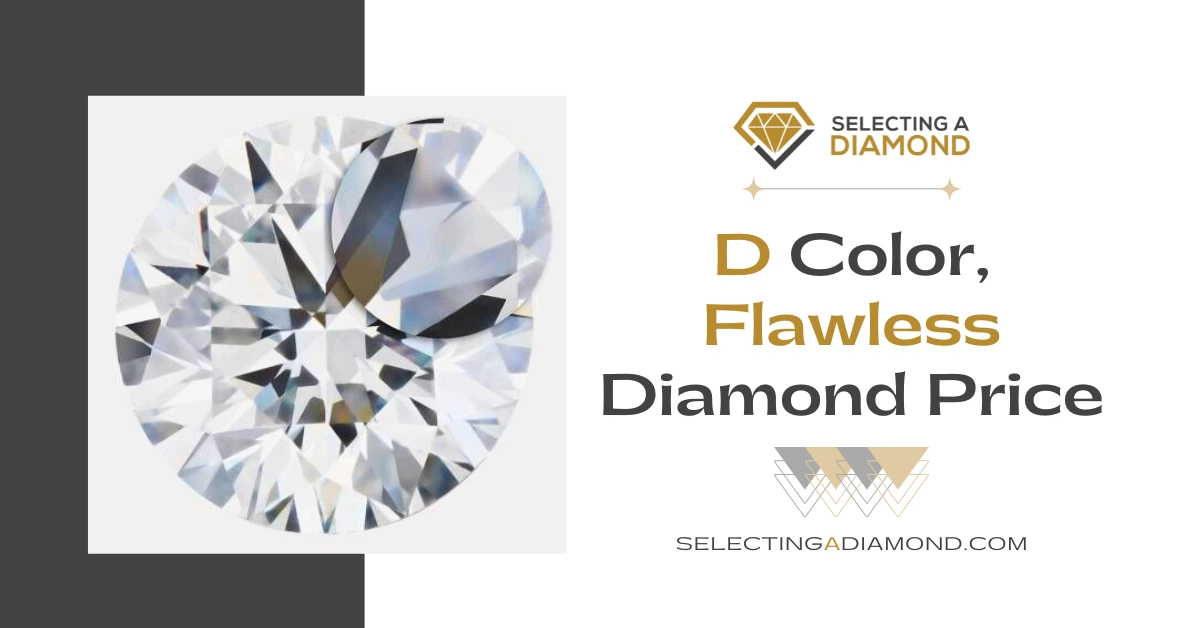
The quest for the perfect diamond continues to captivate, but pricing remains shrouded in complexity. A flawless diamond's value is determined by a confluence of factors, leading to significant price variations even within the same clarity grade.
Understanding the intricacies of flawless diamond pricing is critical for buyers and sellers alike. This article breaks down the key elements impacting value and offers insights into the current market.
Decoding Flawless Diamond Pricing
The price of a flawless diamond isn't a fixed figure. It's a dynamic value shaped by the 4Cs: Cut, Clarity, Carat, and Color. While flawless refers specifically to clarity, the other three Cs play a pivotal role in determining the final price.
Carat Weight: The Foundation of Value
Carat weight is arguably the most significant factor. Larger diamonds are rarer and thus command higher prices per carat. According to industry reports, a flawless 1-carat diamond can range from $10,000 to $25,000, depending on cut and color.
A 2-carat flawless diamond can easily fetch between $40,000 and $80,000. The exponential increase highlights the rarity and desirability of larger, flawless stones.
Color Grade: Shades of Perfection
Color grades range from D (colorless) to Z (light yellow or brown). D-color diamonds are the most sought after and command the highest premiums. A flawless diamond with a D color grade will be significantly more expensive than a flawless diamond with a lower color grade, such as G or H.
The difference can be substantial. A D-color flawless 1-carat diamond might cost $25,000, while an H-color flawless diamond of the same size could be closer to $10,000.
Cut Grade: The Sparkle Factor
Cut refers to the proportions, symmetry, and polish of the diamond. An "Excellent" cut grade maximizes brilliance, fire, and scintillation. A poorly cut flawless diamond will appear dull and lifeless, diminishing its value.
The Gemological Institute of America (GIA) grades cut on a scale from Excellent to Poor. Excellent cut grades demand a premium.
The Clarity Premium: Is Flawless Worth It?
Flawless diamonds are exceptionally rare. They contain no internal inclusions or external blemishes visible under 10x magnification. This rarity commands a significant price premium compared to diamonds with even minor imperfections.
However, the price difference between a flawless diamond and a VVS1 (Very, Very Slightly Included) diamond, which has minute inclusions only visible under magnification, can be disproportionate to the visible difference.
Market Dynamics and Pricing Fluctuations
Diamond prices are also influenced by market demand, economic conditions, and geopolitical events. Periods of economic uncertainty often lead to increased demand for rare and valuable assets like flawless diamonds.
Conversely, economic downturns can soften demand and put downward pressure on prices. Stay informed about current market trends to make informed decisions.
Where to Buy: Transparency and Certification
It is crucial to purchase flawless diamonds from reputable jewelers or dealers. Look for diamonds certified by the GIA or other recognized gemological laboratories.
Certification provides assurance of the diamond's authenticity and grading. Always verify the certificate number with the issuing lab.
Online marketplaces can offer competitive prices, but exercise caution. Research the seller's reputation and return policies before making a purchase. Consider James Allen and Blue Nile for online options.
Expert Opinions and Industry Insights
Diamond experts emphasize the importance of understanding the 4Cs. They also recommend comparing prices from multiple sources before making a purchase. "Don't be afraid to negotiate," advises industry consultant, David Stern.
"The diamond market is complex, and a little research can save you thousands," he added. Remember to prioritize value and beauty over solely chasing the flawless designation if it significantly impacts your budget.
Conclusion: Navigating the Flawless Diamond Market
The price of a flawless diamond is a multifaceted equation. Carat weight, color grade, cut grade, and market conditions all play a role. Future price trends will continue to be shaped by global economic factors and consumer demand.
Monitor industry reports and consult with reputable jewelers for the latest market insights. Continue researching and gathering price comparisons to ensure you're making an informed investment in this coveted gemstone.

